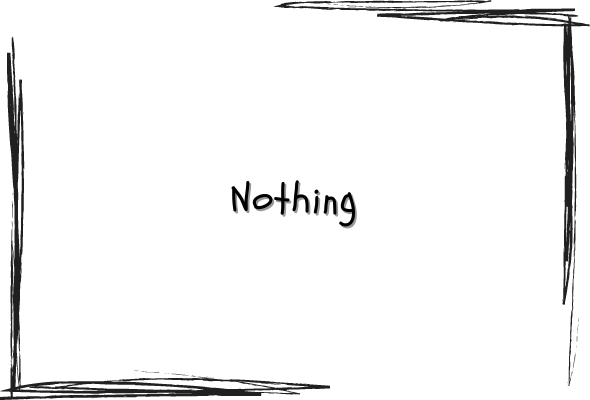
At a time of information overload and information pollution, the best thing to do sometimes is to simply withdraw from our tech-fueled existence. Decline to participate.
Another thing we can do is to learn some new words and concepts to understand what’s happening to us.
Consider the Time Well Spent movement, launched in 2013 by Tristan Harris, a former Google employee. Harris, who was once described as the ‘closest thing Silicon Valley has to a conscience’, famously created a presentation of 141 slides that was widely circulated within Google. In this presentation, he asked why Google, Facebook and Apple were designing products to addict us to their websites and apps. He referred to their products as ‘Attention Casinos’.
Here are four slides from the presentation. (It’s a slow GIF.)

While these slides were reportedly shared tens of thousands of times within Google and outside, nothing changed. And so he left to start the Time Well Spent movement, aimed at getting tech giants to alter their design-to-hack-attention ethic.
The time well spent movement was aimed at technology companies. But it also gave us the beginnings of a vocabulary (#TechBuddhi!) so we could apply the phrase to what technology was doing to us.
Time Well Spent doesn’t mean that we have to stop using social media, either on our computers or on our phones. Instead, it tells us to use them mindfully and intentionally.

But how do we do that? An idea that might help is Digital Minimalism. Cal Newport, a computer scientist, gives tips on what it is and how to achieve it in his book, Digital Minimalism: Choosing a Focused Life in a Noisy World. Newport writes,
I’ve become convinced that what you need instead is a full-fledged philosophy of technology use, rooted in your deep values, that provides clear answers to the questions of what tools you should use and how you should use them and equally important, enables you to confidently ignore everything else.
Newport channels Henry David Thoreau’s Walden and recommends a course towards ‘digital declutter’ and developing ‘attention resistance’.
Attention Resistance is says, is a loosely organized movement, “made up of individuals who combine high-tech tools with disciplined operating procedures to conduct surgical strikes on popular attention economy services”.
His recommendations include the practice of turning ‘your devices into single-purpose computers’. He suggests some tools to use, such as the software program Freedom that blocks the internet on your device. Newport’s point is that we should have devices where apps are ‘blocked by default’.
Newport suggests a 30-day digital declutter program with steps for how to do it.
On the other end of the spectrum is the artist and teacher Jenny Odell’s meditation on doing “nothing” in her book, How to Do Nothing: Resisting the Attention Economy. Odell writes that we are now living at a time when we “submit even our leisure for numerical evaluation via likes on Facebook and Instagram”. When we are “constantly checking on its performance like one checks a stock, monitoring the ongoing development of our personal brand.” She laments that “time becomes an economic resource that we can no longer justify spending on “nothing.””
Odell’s book, which I am reading and savouring slowly, doesn’t have a 30-day program like Cal Newport’s does, but it is nevertheless a manual for our age. I did skip ahead a little to consider this paragraph towards the end:
"It’s tempting to conclude this book with a single recommendation about how to live. But I refuse to do that. That’s because the pitfalls of the attention economy can’t just be avoided by logging off and refusing the influence of persuasive design techniques; they also emerge at the intersection of issues of public space, environmental politics, class, and race.”
There’s a lot to unpack in that last sentence. But I’ll leave it for when I actually finish the book.
So there you have it. The way to avoid misinformation and information overload is to give ourselves a little space to think and consider. And the way to do that is to give ourselves the gift of time, energy and attention—by ripping off our dependency on attention-hacking technologies and apps. Whether we call it “Time Well Spent”, “Digital Declutter” or “Doing Nothing”, the idea is the same: we need deliberate action and practice to create a mindful lives where tech serves us, and not the other way around.
Notes:
Time Well Spent was a non-profit and has been renamed the Center for Humane Tech.
Cover image & GIFs were made by me.



